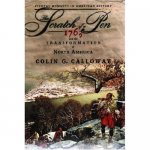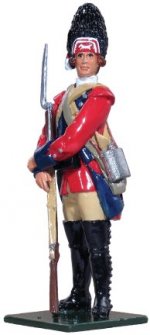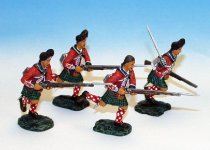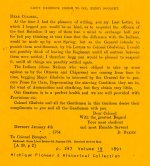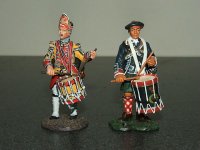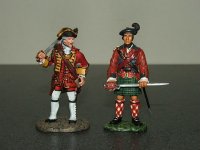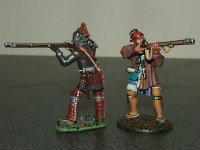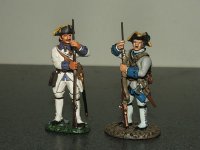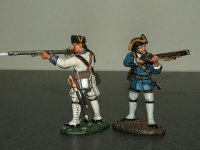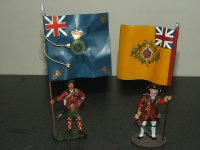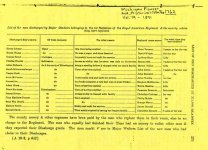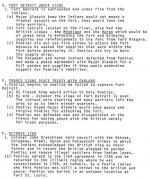mestell
Lieutenant Colonel
- Joined
- Feb 12, 2008
- Messages
- 7,997
Yesterday I watched the movie "The Unconqured" starring Gary Cooper - a movie set during the indian rebellion of 1763 popularly known as Pontiac's War.
This morning I have been reading about this conflict. I have realized that some of the JJD FIW figures could easily be used to depict this war, especially the Virginia Provencial Regiment sets, the civilian sets, the artillery set, the blockhouse and soon to be released stockade, and all of the woodland indian sets.
I have found this brief conflict fascinating. It is considered the first extensive multitribal resistance to European colonization in America. Many historians consider it unprecedented for its awful violence since both sides seemed to be intoxicated with genocidal fanaticism. Some consider it a conflict of ethnic cleansing.
The Great Lake tribes of the Seneca, Ottawa, Ojibwas, Hurons, and Potawatamis, along with the Ohio country tribes of the Mingo, Delaware, Miamis, Shawnees, and Wyandots united their efforts to try to drive the British colonists and army from the lands ceded by the French. In 1763 they were successful in destroying 8 British Forts. These forts were poorly manned, often garrisoned by only 9-30 men. Some forts were nothing more than a blockhouse such as Fort Sandusky on the shores of Lake Erie with a 9-man garrison. Most were stockaded forts, but still the garrisons were very small.
The British manned these outposts with troops such as the 80th Regiment of Light Armed Foot which was made up of many Roger's Rangers veterans. The Virginia Provencial Regiment was also used heavily. All the units were still uniformed as during the French & Indian War.
The British at Fort Pitt even tried using biological warfare (blankets contaminated with small pox) against the unified indians.
Anyway - interesting stuff and another venue for using JJD figures. If interested, start your web search using Wikipedia - it has a great synopsis of the uprising/rebellion.
Mike
This morning I have been reading about this conflict. I have realized that some of the JJD FIW figures could easily be used to depict this war, especially the Virginia Provencial Regiment sets, the civilian sets, the artillery set, the blockhouse and soon to be released stockade, and all of the woodland indian sets.
I have found this brief conflict fascinating. It is considered the first extensive multitribal resistance to European colonization in America. Many historians consider it unprecedented for its awful violence since both sides seemed to be intoxicated with genocidal fanaticism. Some consider it a conflict of ethnic cleansing.
The Great Lake tribes of the Seneca, Ottawa, Ojibwas, Hurons, and Potawatamis, along with the Ohio country tribes of the Mingo, Delaware, Miamis, Shawnees, and Wyandots united their efforts to try to drive the British colonists and army from the lands ceded by the French. In 1763 they were successful in destroying 8 British Forts. These forts were poorly manned, often garrisoned by only 9-30 men. Some forts were nothing more than a blockhouse such as Fort Sandusky on the shores of Lake Erie with a 9-man garrison. Most were stockaded forts, but still the garrisons were very small.
The British manned these outposts with troops such as the 80th Regiment of Light Armed Foot which was made up of many Roger's Rangers veterans. The Virginia Provencial Regiment was also used heavily. All the units were still uniformed as during the French & Indian War.
The British at Fort Pitt even tried using biological warfare (blankets contaminated with small pox) against the unified indians.
Anyway - interesting stuff and another venue for using JJD figures. If interested, start your web search using Wikipedia - it has a great synopsis of the uprising/rebellion.
Mike


